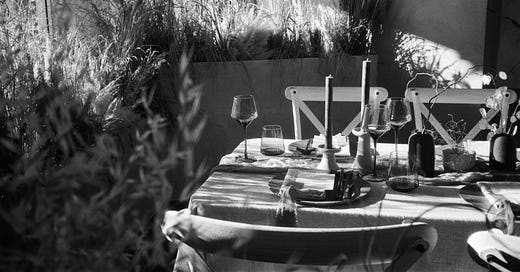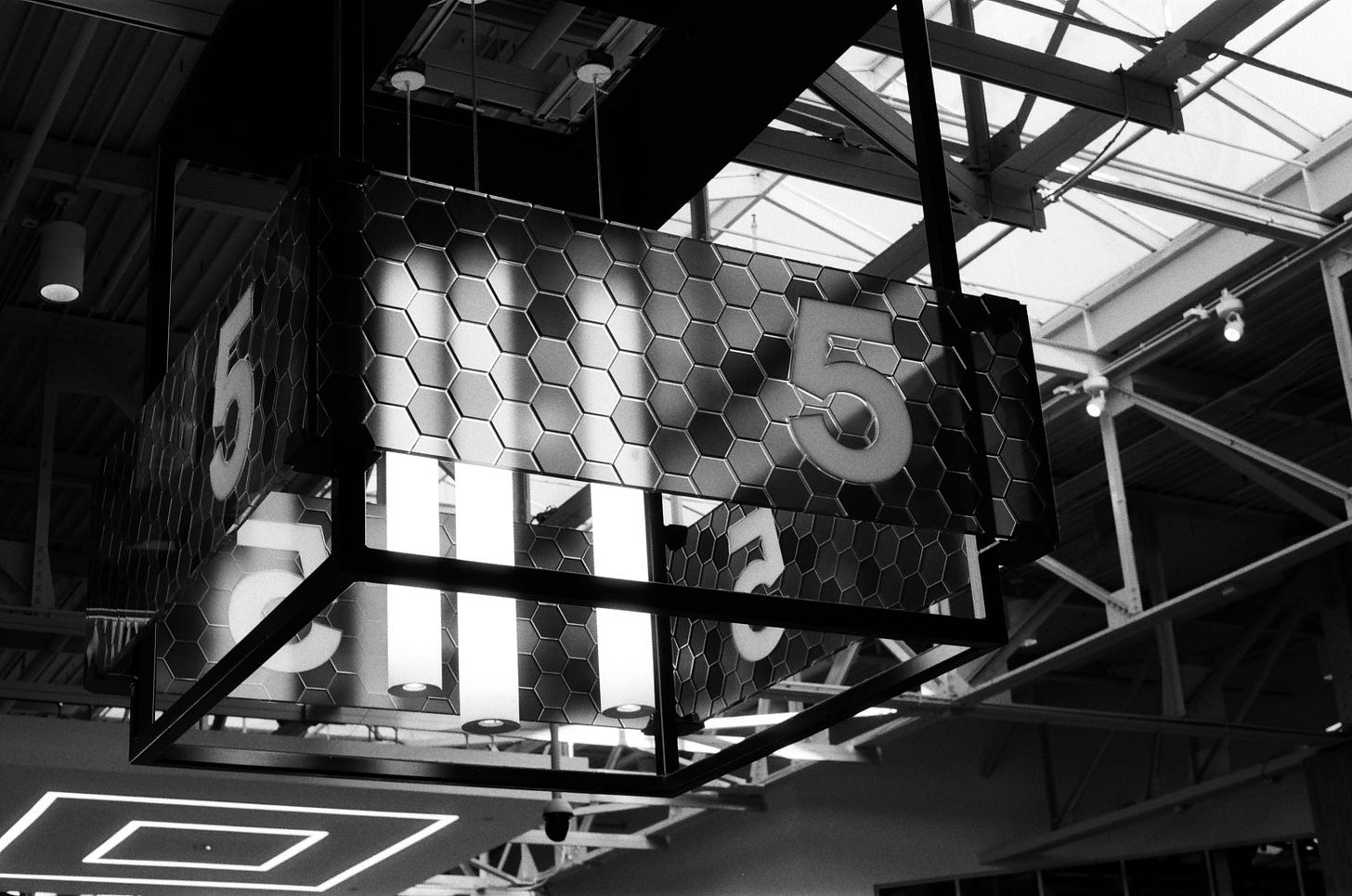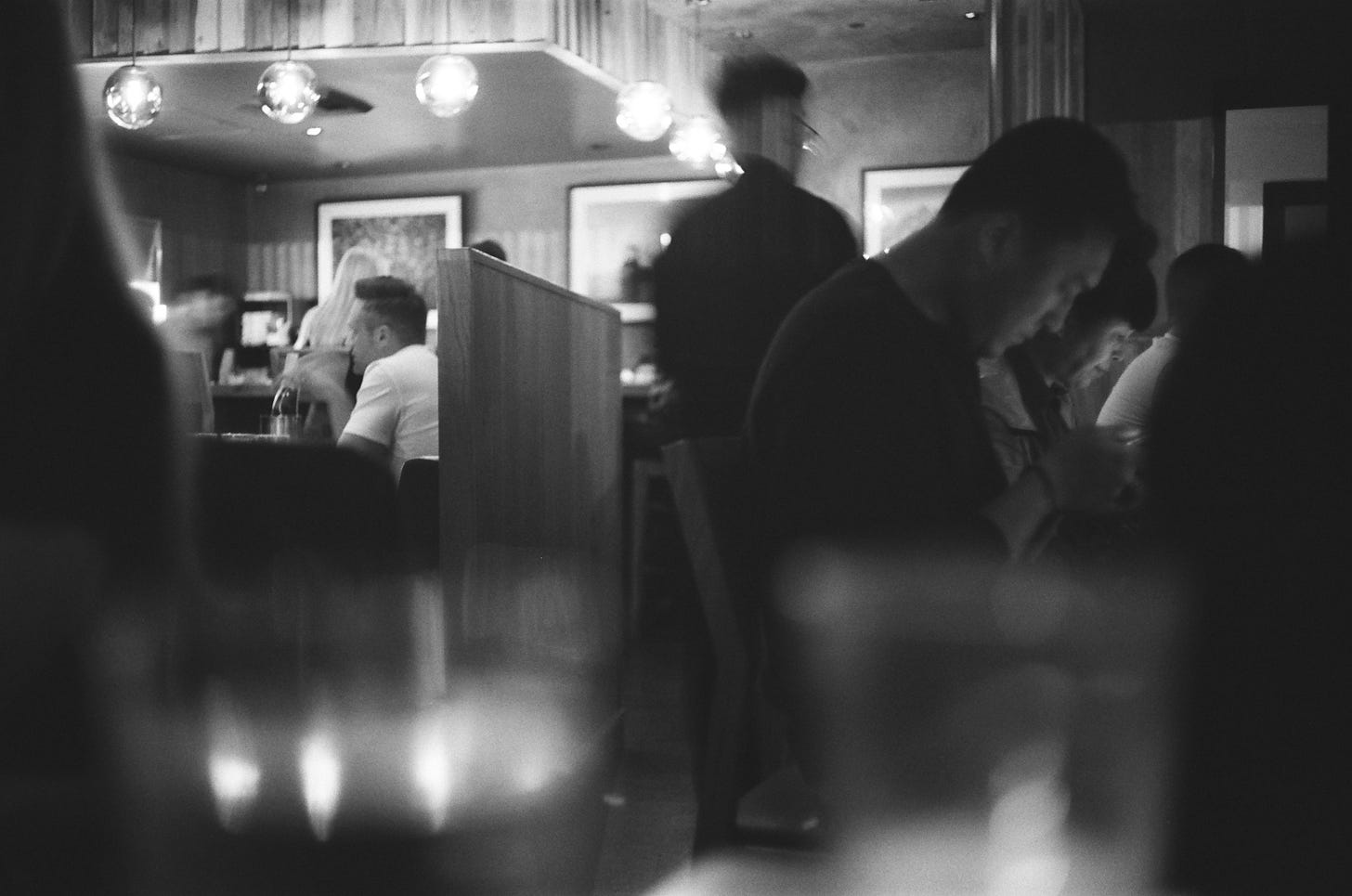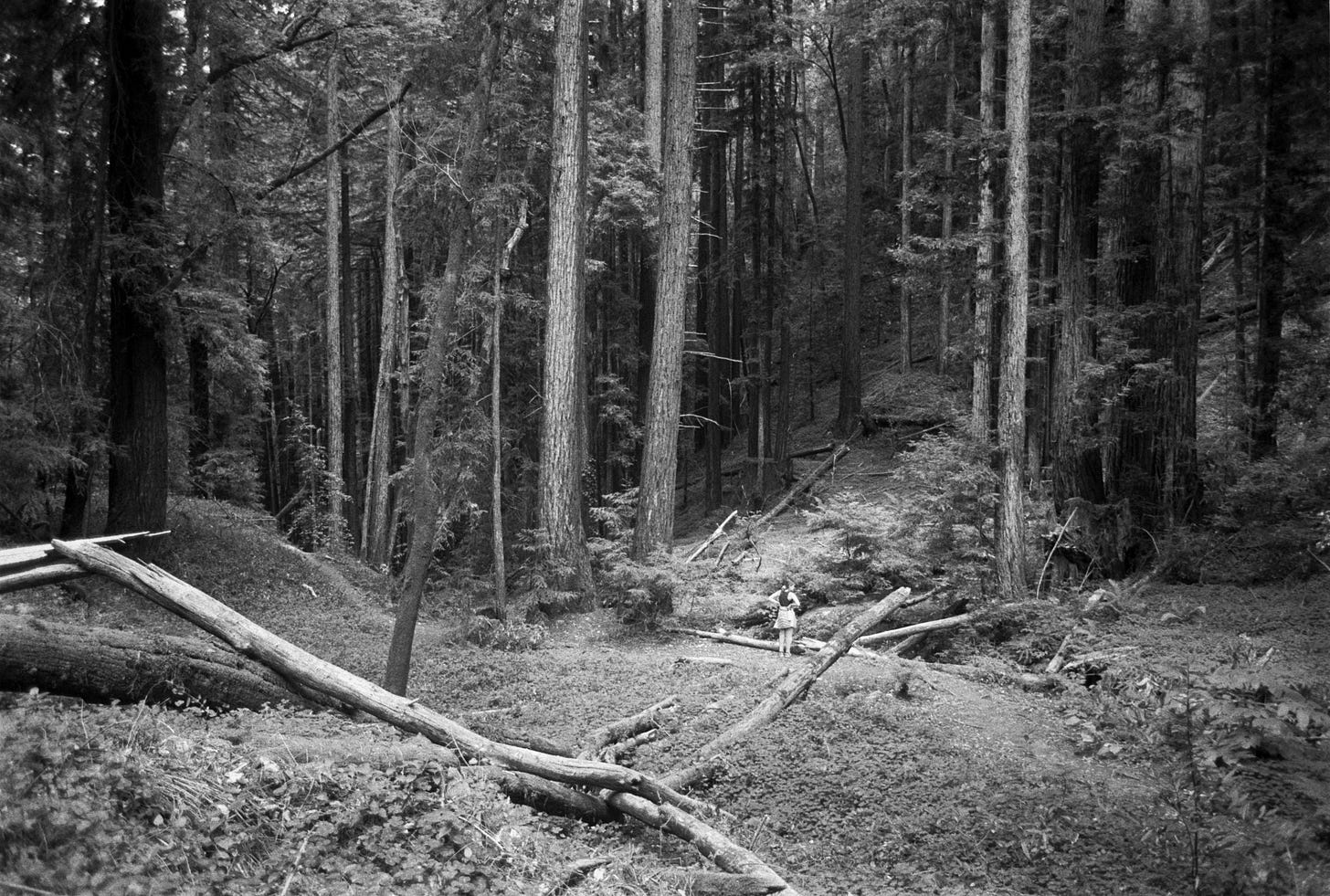Overview
Ilford HP5 Plus is a staple among analog photographers. A 400 speed film with traditional grain and wide latitude, it’s suitable for a variety of conditions and often tops lists of photographers’ favorite films. By now, we’ve shot 4-5 rolls each, and although there isn’t much that hasn’t already been said about HP5, we figured we’d throw our thoughts into the ring. At $9 for a 36 shot roll, its price is about average for black and white films.
Eric’s Thoughts
Cameras: Olympus XA, Canonet QL17 G-III, Nikon FE2 (Nikkor 50mm f/1.4 AI)
Metering: EI200 (developed at box speed), EI400 (developed at box speed), EI800 (pushed to 1600)
Development: Pro Photo Connection
Scanning: Noritsu (lab scanned)
All photos posted as scanned, no crops, edits, etc.
In my return to film photography, this is the first roll I shot. I consistently have gotten 37 frames per roll, regardless of the camera. I’ve now shot 4 rolls of HP5 Plus. I first picked it up because of its great exposure latitude and the ability to get a 3 pack on Amazon (US, it was definitely overpriced, but fast shipping and easy returns).
This film is widely available - every camera shop I’ve walked in to has rolls on the shelf, and I can get it online with 2 day shipping. The price makes this a pretty decent “test” roll for a new camera where I want to shoot something I like and I already have reasonable confidence the camera will work, but don’t want to throw in a really pricey roll. The latitude also means it just works. There’s no situation where I worry I won’t get a usable image out of HP5.
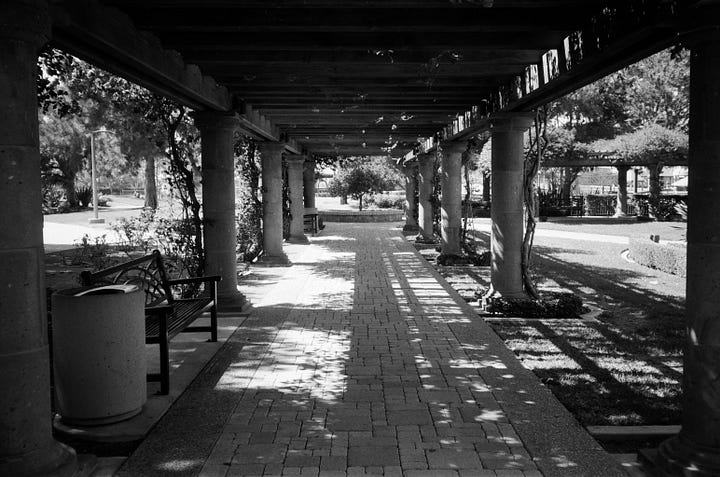
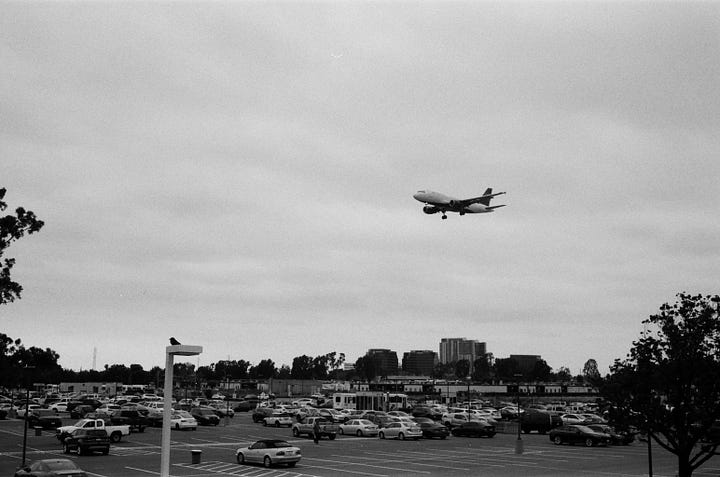
HP5 has a smooth grain that isn’t too grainy but retains the nice texture characteristic of film. I definitely prefer the grain on Tri-X, but this film still has that traditional retro look of film that I enjoy.
The wide exposure latitude and nice tonal range meant that I wasn’t clipping highlights or shadows, even when my exposure was off a bit. Fresh off the scanner, I prefer slightly more contrast in my photos. I like a high contrast photo, so this is definitely the weak point of this film for me. However, adding contrast in post processing is really easy, so this is definitely not the biggest downside.
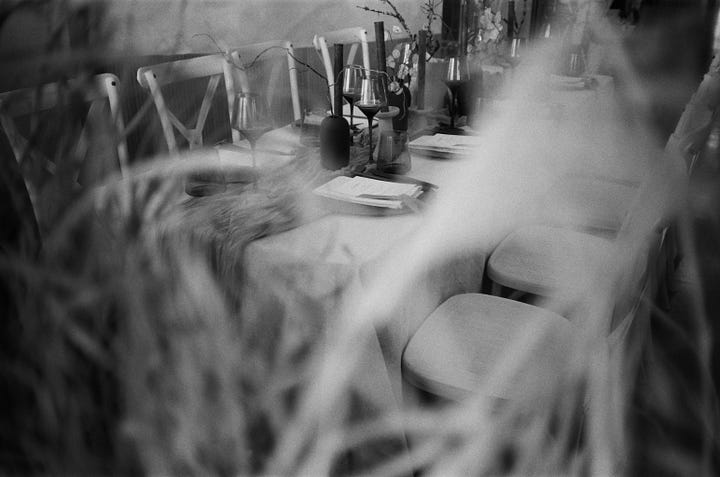
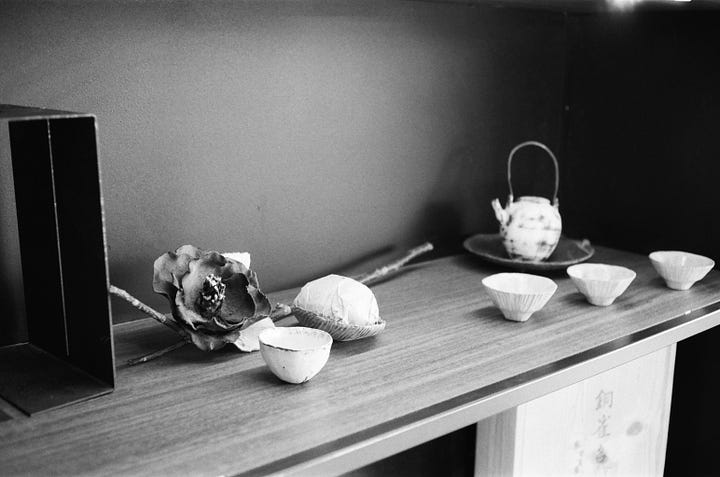
I metered my first roll at EI200, and then switched to box speed moving forward. I’m honestly pretty split on the metering here - both generated good photos.
Recently, I pushed one roll to 1600. I metered this at EI800. I didn’t like this roll at first, but the more I looked at it, the more I liked it. I’d be curious what a 1 stop push looks like to split the difference on grain. The pushed roll has tons of character and a really nice, unique look. It also has the boosted contrast I was looking for.

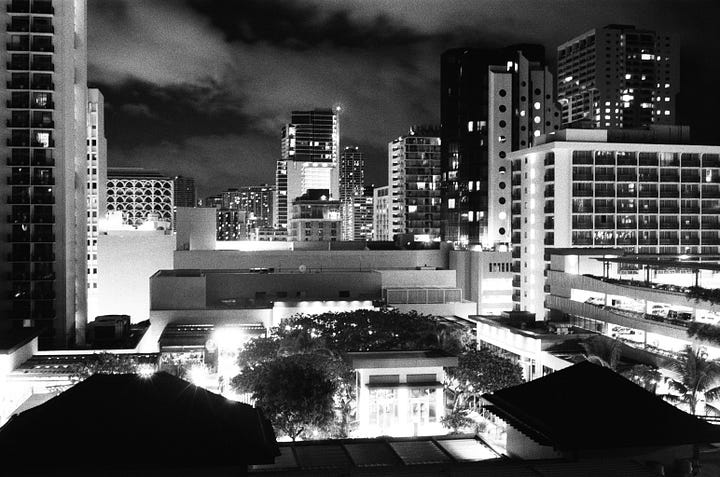

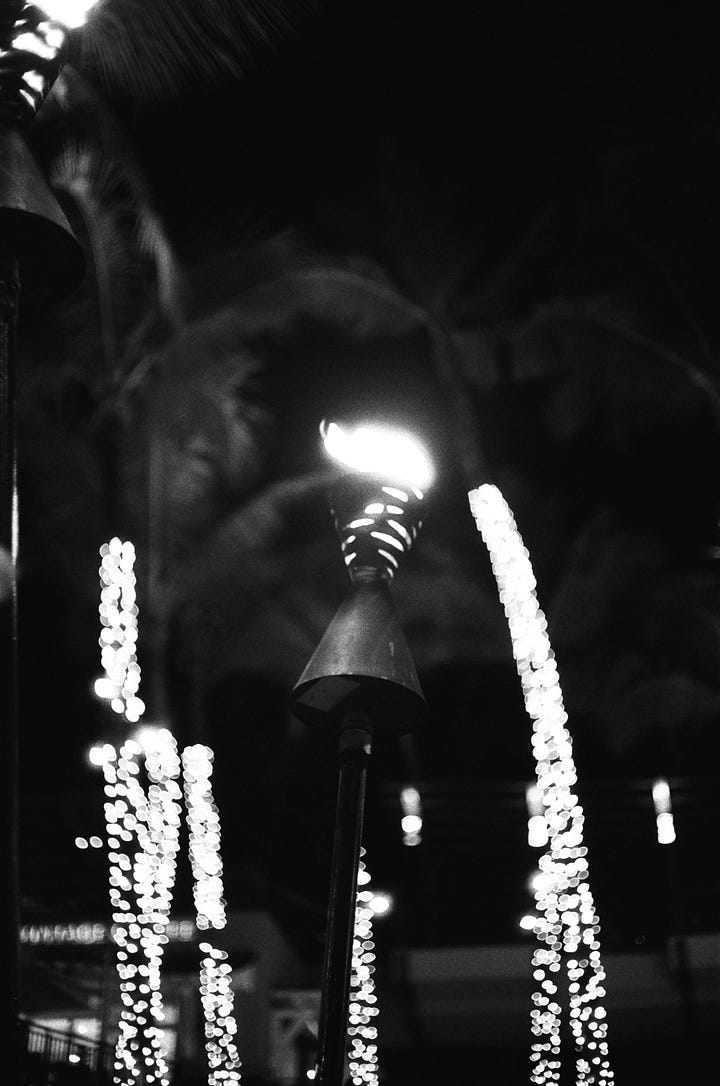
Compared to Tri-X 400 and T-Max 400, I like the contrast of Tri-X much more, but the harsh contrast means the shadow detail is completely lost with Tri-X. T-Max ended up with a better look contrast-wise for me, but the grain was less appealing. Both HP5 and T-Max had good shadow detail. In some ways, I think these 3 films form a bit of a contrast range. High contrast, traditional grain is Tri-X, low contrast, traditional grain is HP5, mid contrast, smooth grain is T-Max. I’d reach for HP5 when getting an image is the priority - you can always boost contrast in post. When contrast and grain is important, I’ll grab the Tri-X. T-Max becomes the compromise choice when you need a bit of an inbetween, but at slightly higher cost. I’m excited to shoot JCH Street Pan 400 soon to test another alternative!
This has quickly turned into my “old reliable” roll of BW film. Its cheap-ish, easy to get, and I like the look. My recent acquisition of a Nikon FE2 sums up my thoughts on HP5 neatly. I walked into my lab looking for a roll of 400 speed film, thinking of XP2 Super which I’ve wanted to try while also testing my camera. They didn’t have that or Tri-X 400, so I grabbed a roll of HP5, loaded it, and then caught a flight. It works. It looks good. It’s affordable. It’s the Toyota Corolla of films. It’s not the sexy display in front of the dealership, but it will get you where you need to go for years to come. And there’s absolutely nothing wrong with buying a Corolla.
Andrew’s Thoughts
Camera: Canon AE-1 (Canon new FD 50mm f/1.8 and 28mm f/2.8)
Development: Full Circle Fine Art
Scanning: Plustek 8200i SE, Silverfast 9
I've shot 5 rolls of HP5 Plus at this point, but had no reference for the first two since they were my first rolls of film. Now, after having shot a few other black and white films, I think HP5 is one of my favorites. Great latitude, grain, and not too expensive. As an added bonus, I’m consistently able to squeeze out 37 shots per roll. I’ve taken it from the beaches to the mountains and enjoyed the results across the board.
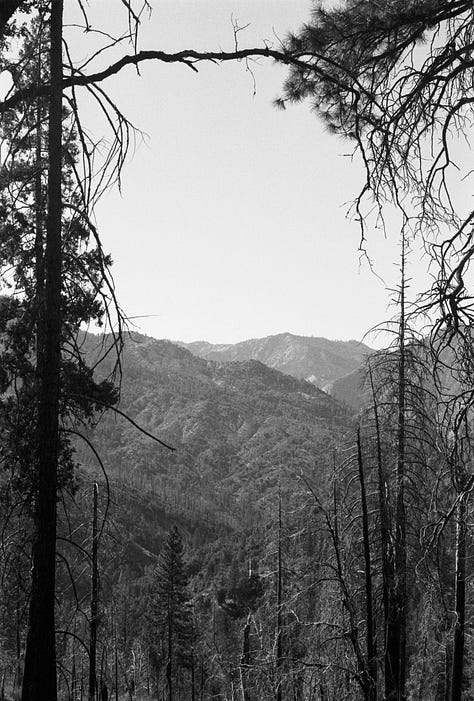
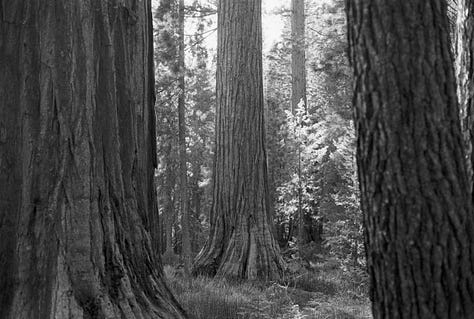
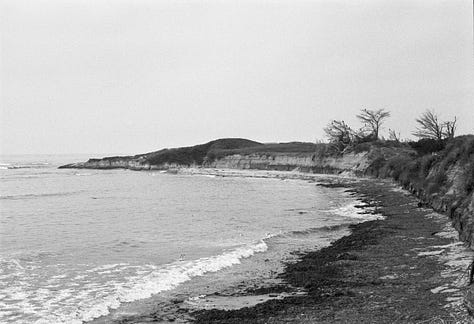
I can’t quite place my finger on what it is about HP5, but the pictures appear the most old fashioned to me out of the films I’ve tried; the traditional grain definitely plays a role. I like the “looks like it could’ve been taken 50 years ago” style, and, at least in my mind, HP5 delivers. Granted, its modern iteration wasn’t released at that point, but I’ve heard some opinions that it’s relatively similar to old Tri-X (I have no clue how true this is).

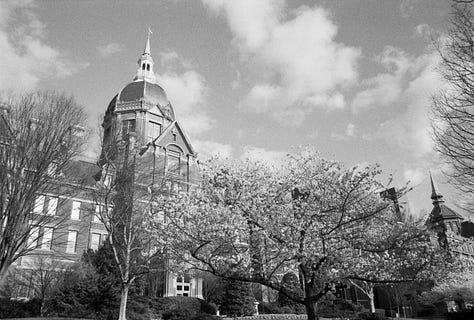

The 400 speed is versatile, working in almost all outdoor settings as long as the sun is still up, while still being usable for well-lit indoor scenes. Its latitude means that I can always err on the side of overexposure without having to worry too much, especially if there’s a quick shot I want to take where I don’t have time to fiddle with settings. I’ve also been able to salvage photos that were 1.5-2 stops underexposed.
Compared to other 400 speed films, I’d put it above T-Max 400, which doesn’t instill the vintage feeling for me, and on par with my first impressions of Tri-X 400. It doesn’t have the striking tonality that Tri-X is known for, but that’s not always what I’m going for. Much of my shooting is simply to capture memories on trips, and for that purpose, it’s been perfect for me. Plus, it retains excellent shadow detail, and I have no problems adding contrast in post processing. I’m looking forward to pushing HP5 a stop or two as well, which, based on some of Eric’s examples, I think I’ll enjoy.

